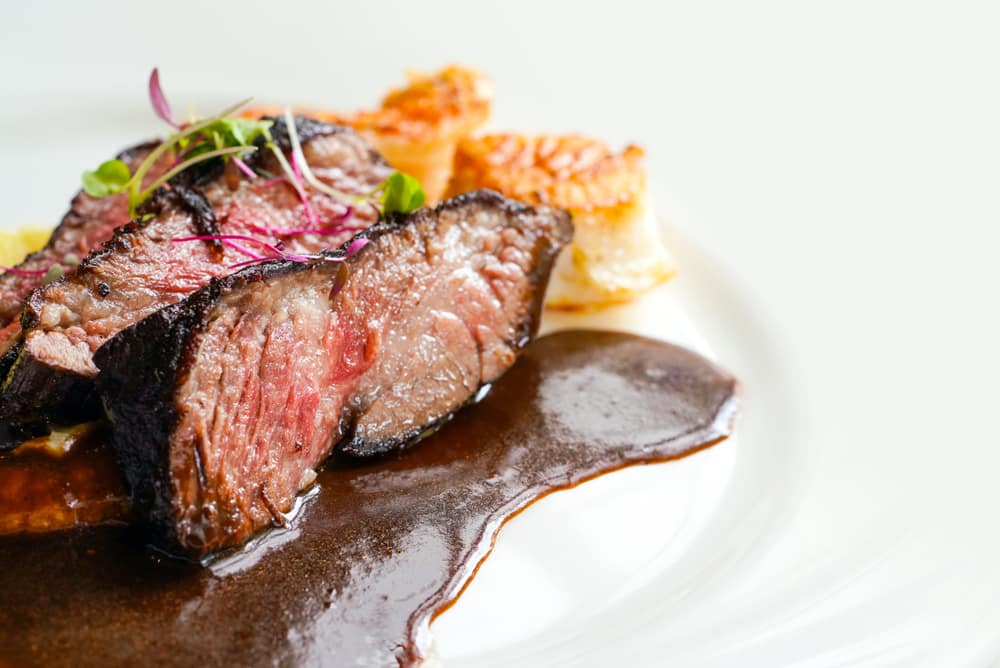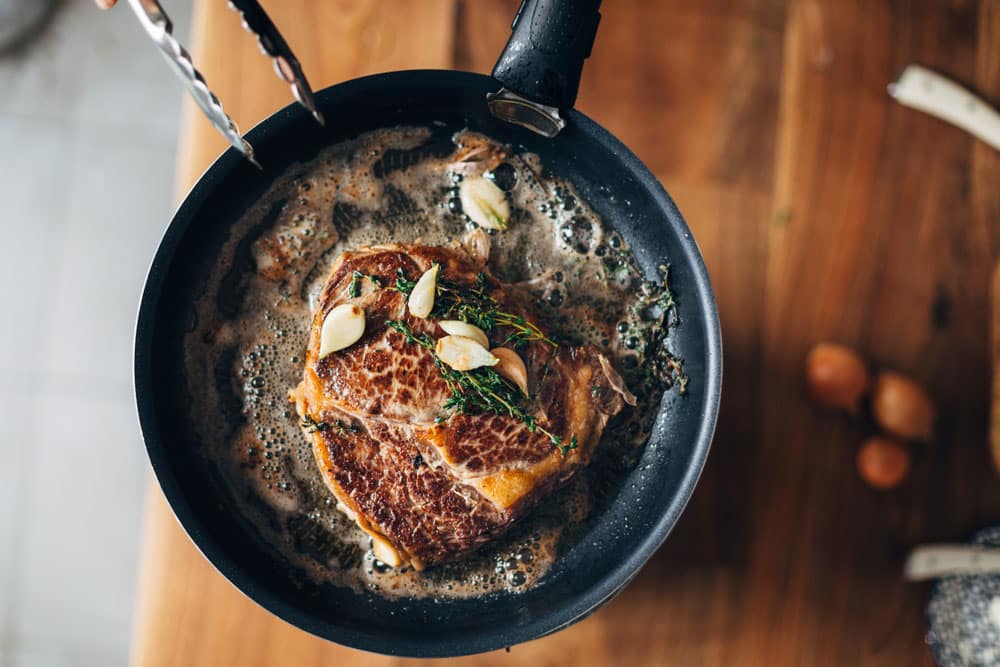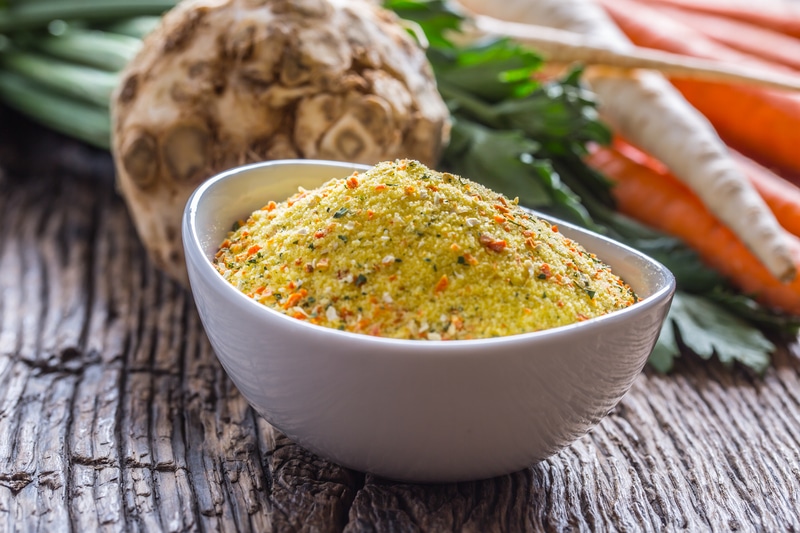
Tenderloin is an expensive cut of beef, known for its tenderness and delicate flavor. It is often cooked whole as a roast but can also be sliced into thick, boneless, lean steaks or sliced into strips for dishes like stroganoff.
Here, we explain how to pre-sear a whole tenderloin.
Searing Beef
When cooking steaks of any description, it is common to season then sear them over high heat, often in oil or fat, to caramelize them on the outside, thereby creating flavor and sealing in the juices.
After that, the heat is lowered and the steak is cooked more slowly to its required level of doneness, often in the oven. Beef tenderloin is usually served seared on the outside but rare or medium rare on the inside. It is seldom served well done.
You’ll know when your steak is well seared by the layer of golden brown crust formed on the outer surface. This is only achieved over high heat with no moisture present.
Can You Sear Beef Tenderloin Ahead of Time?
If you’re cooking for a crowd or simply want to be organized before your guests arrive, you may prefer to cook or prep your food in advance. You may be wondering if it is possible to sear the beef tenderloin ahead of time as part of your meal preparation.
Yes, you can pre-sear beef tenderloin or any steak ahead of time. It is a useful cooking method if you know you are going to be busy at the last minute.
The cooking process is finished when you need the steak by putting it into the oven but don’t worry, we will give you all the steps here.
You will also need to be very careful about bacterial contamination after the steak has been seared.
Here’s how to do it safely and perfectly every time:
1. Ensure that the tenderloin is properly defrosted before attempting to sear it. The safest and easiest way to thaw the meat evenly is to take it out of the freezer and leave it in the fridge twelve hours before you want to sear it.
2. Heat a heavy-based pan, for instance, a cast-iron griddle over a high flame.
3. While it is heating, oil the tenderloin all over with olive oil, using your hands. It is better to oil the meat than the pan as this will prevent smoking.
4. At this point, you can season your tenderloin with a rub of your choice or simply use salt and pepper. Tenderloin has a delicate flavor so we recommend using mild-flavored seasonings that will not overpower the taste of the meat.
5. Place the tenderloin on the hot pan and let it sear on one side. Don’t keep turning it; simply leave it to caramelize properly on one side before turning it over. This will take about three minutes.
6. When both sides have been seared, remove the steak from the pan and place it on a wire rack to cool. Place a tray underneath to catch the drips. (You can keep these to make gravy or sauce later.)
7. As soon as your tenderloin is cool, wrap it in aluminum foil and put it in the fridge. Store it for a maximum of 2 days before cooking and serving it.
8. To finish cooking on the day, preheat the oven and a heavy-based oven-proof skillet to 425 degrees Fahrenheit. Once hot, unwrap the meat and place it on the skillet.
Cook it to an internal temperature of 120 degrees. This will give you a rare (as it should be) fillet. For medium rare, take it to 130 degrees.
9. Remove the meat from the oven and allow it to rest for 5 minutes. This will prevent all those precious juices from leaking out.
10. Carve the tenderloin into thick steaks and serve immediately with a sauce and accompaniments of your choice.
We hope this article has helped you with your meal prep and that you enjoy your perfectly cooked beef tenderloin.


